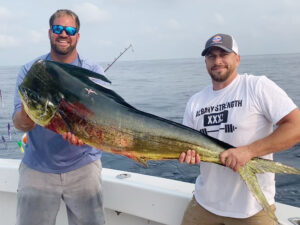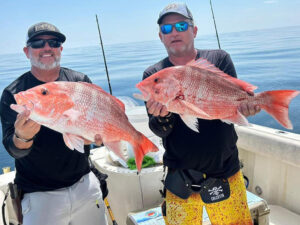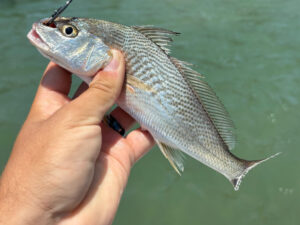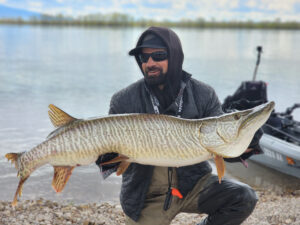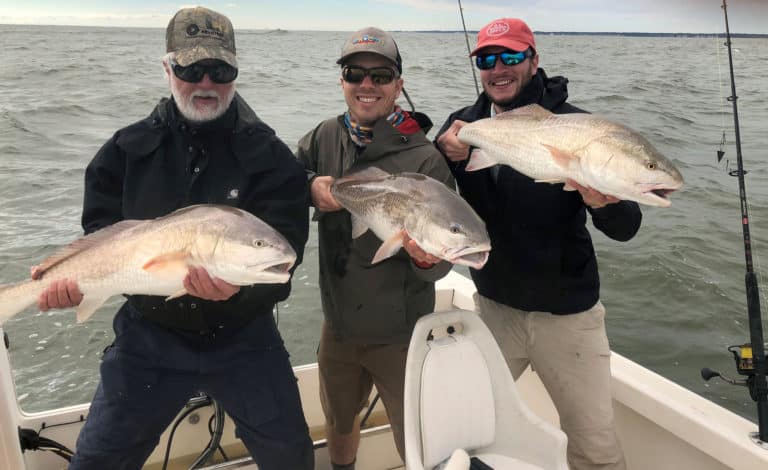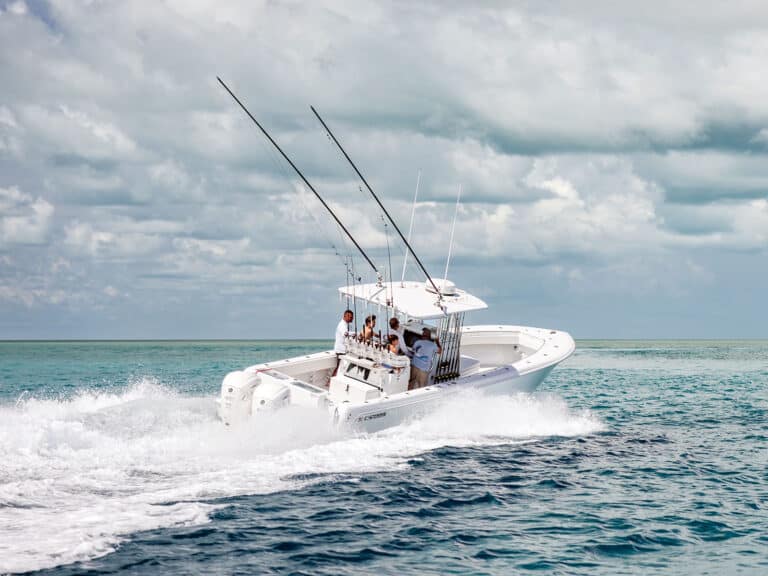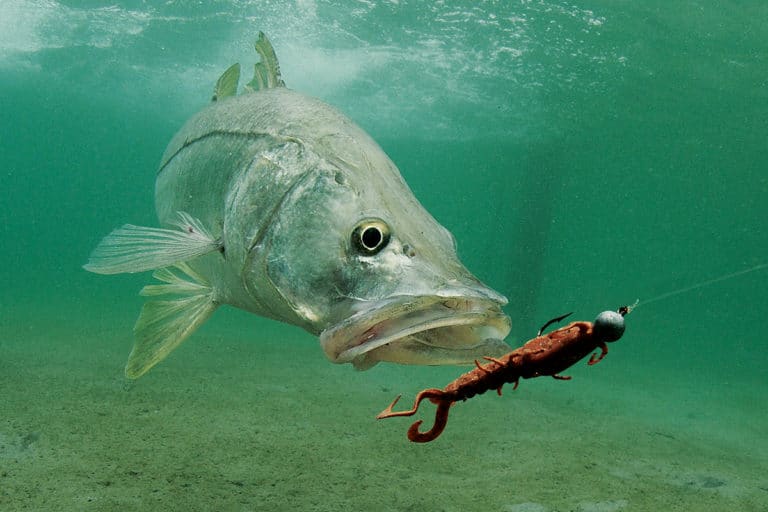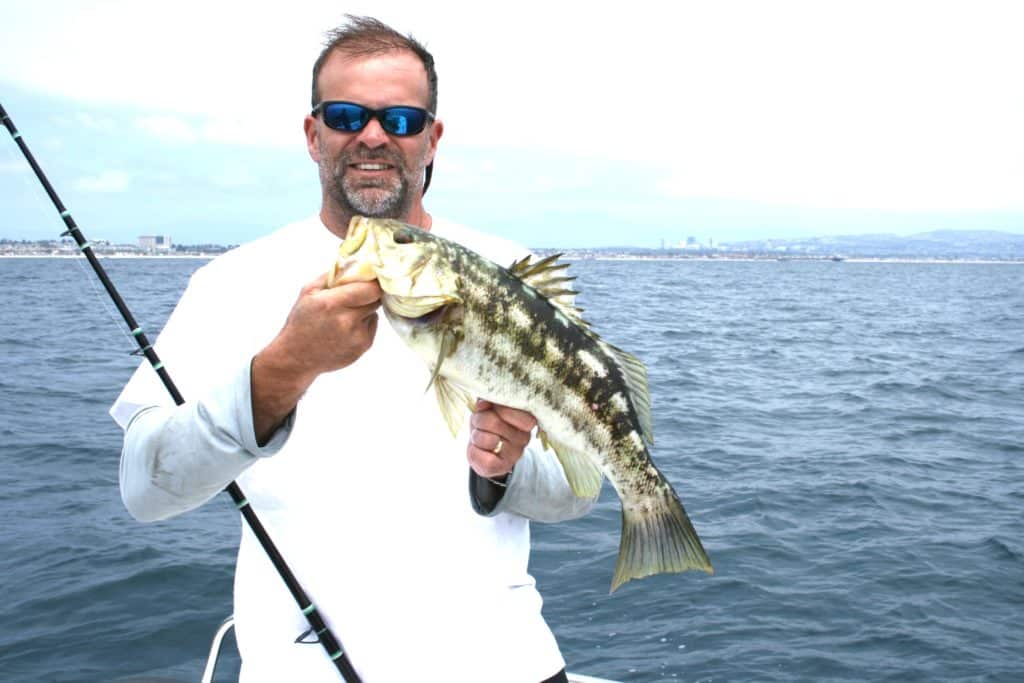
Obama Administration Effectively Kills a Popular Artificial Reef Program
The U.S. Maritime Administration has adopted new rules that effectively halt a high-profile program that converted old ships into thriving artificial reefs, according to a report in The Virginian-Pilot.
Historically, such artificial reef programs have been hailed by saltwater anglers because the sunken ships create new marine habitat and harbor vast communities of fish and invertebrates.
Once touted by the agency as an environmentally responsible method for disposing of old, useless ships that were stripped clean for sinking, the program has now been called into question due to evironmental concerns, the report indicates.
Curt Michanczyk, director of ship disposal for the agency, a branch of the Department of Transportation, said Wednesday that the program still exists, just that none of the 40 anchored vessels at reserve fleets in Virginia, California and Texas qualify.
A pivotal rule change: All ships built before 1985 no longer can be sunk as reefs. The rule aims to avoid polluting waters with PCBs, a highly toxic class of chemicals that, before 1985, often were found in ship wiring, insulation, gaskets and paint, according to The Virginian-Pilot report
Environmental groups are celebrating the rule change — which actually took effect in May of this year — indicating that the reef program for too long allowed toxic remnants to pollute the ocean. “The Obama Administration got this one right,” said Colby Self, an activist with the Basel Action Network, a Seattle-based group that has lobbied against reefing for years, according to the report. “They should be commended for putting in place a more conservative policy that protects our resources, our jobs, as well as the marine environment.”
In addition to the Maritime Administration’s program, the U.S. Navy also creates artificial reefs. In the past two years, it has sunk a former destroyer, the Arthur W. Radford, and a former aircraft carrier, the Oriskany, off the Atlantic and Gulf coasts as recreational fishing and diving venues, according to a Navy spokesman. Lt. Cmdr. Paul Macapagal said Wednesday that there are no changes planned in the program, though no ships are in line to become reefs.
In states like Virginia, artificial-reef building might continue, but the focus today is not on ships but on concrete, said Mike Meier, who coordinates the program for the state marine commission. “We’re using clean demo concrete, primarily in the bay,” Meier said in The Virginian-Pilot report. “We’ve gotten away from using ships.”

